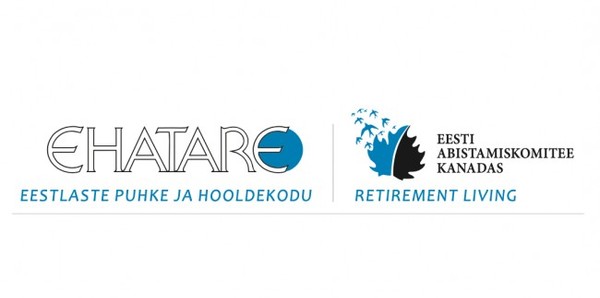Edward Lucas, EuropeanVoice.com
The Finns are expanding their already impressive military might, posing questions for their Nordic neighbours and Russia.
Finland takes its security seriously, which means Finns do not like talking about it much, especially to outsiders. Few realise that a Nordic country of just over 5.3 million people has the biggest artillery force in Europe, for example, and some of the most advanced airspace surveillance. It has top-notch special forces; its cyber-defences are in far better shape than those in most European countries. Finnish military intelligence is as formidable as it is discreet.
Nor does anyone like discussing why. Finnish diplomats like to point out that they have excellent relations with all their neighbours. Yet it is clear that Finnish military planners do not lose any sleep about possible aggression from Estonia, Sweden or Norway. Russia, however, is an uncomfortable neighbour, and has been taking an increasingly nasty tone with Finland this year. Russia's President Vladimir Putin threatened a “tough response” if Finland improved its co-operation with NATO or bought new weapons.
But that is exactly what is happening. At a cost of €178.5 million Finland is buying the US's advanced AGM-158 joint air-to-surface stand-off missile (JASSM). This is an ultra-modern air-to-surface weapon, which the US has so far sold to no NATO member. These semi-stealthy cruise missiles, launched from the newly upgraded F/A-18 Hornets of Finland's air force, will be able to strike deep into enemy territory, flying indirect routes to evade air defences. This is not a nuclear deterrent. But to anyone even contemplating an attack on Finland, it is the next best thing.
Charly Salonius-Pasternak, a leading Finnish security analyst, outlines the importance of the deal in a new paper*. He writes: “Russia's ability to invade Finland or use Finnish territory to advance its goals is severely diminished and Finland gains the capability to comprehensively close all surrounding sea lanes.” Instead of relying on mass infantry and old-fashioned artillery to block a Russian attack, Finland can use 21st-century weapons.
But the deal is not just about defence. As Salonius-Pasternak notes, it is the culmination of 20 years of increasing co-operation between Finland and the United States. And it is also part of a big US effort to plug the security gap in north-eastern Europe. After the war in Georgia, NATO's lack of contingency plans for its new Baltic members became embarrassingly clear, and Russia's menacing military exercises in the region in the autumn of 2009 made a response vital.
Since 2010, NATO has developed the Eagle Guardian contingency plans (technically a reinforcement plan) and has conducted so many manoeuvres in the region that it is hard to keep count (they have names like Sabre Strike, Amber Hope, Baltic Eagle and, next year, potentially the biggest of the lot: Steadfast Jazz).
But the problem for NATO is that two non-member countries – Sweden and Finland – must be involved for any of these plans to make sense. That is why the US is giving strong support to Nordic defence co-operation, particularly between Finland, Sweden and Norway. After a slow start, this is deepening. To take just one example: in 2010, the three countries' air forces conducted 48 joint exercises. By the end of this year, the number will be 120. Routine drills over Lapland now take place two or three times a month.
The big question now is how Russia will respond. Its tactics so far have been evidently counter-productive. Blustering and bullying talk vindicates Finnish security hawks. Instead, the Kremlin could try being nice to its neighbours and easing their fears. Which would be quite good for Russia too.
* “Not just another arms deal: The security policy implications of the United States selling advanced missiles to Finland”, by Charly Salonius-Pasternak. FIIA Briefing Paper 112, September 2012.
(Edward Lucas edits the international section of The Economist.)
Finland tones up its security muscles
Arvamus
TRENDING
























